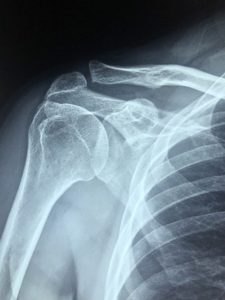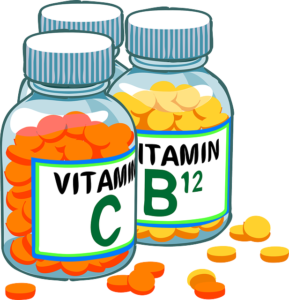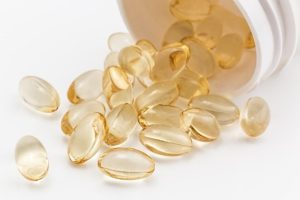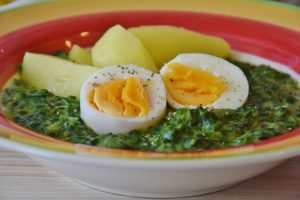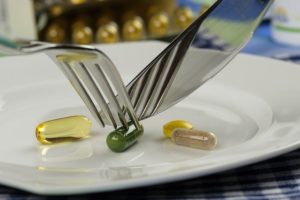The pain relieving specialist gives a hint: Attention – bread!!! How do I come to this statement? There is the healthy wholemeal bread! ![]() Really?
Really?
Healthy wholemeal bread, what is wrong with it? And why at all? I have the opinion that wholemeal from non-organic farming is unhealthy. Or at least not healthy. Why is that? Glyphosate and all the other toxins accumulate in the husk of the grain. So a lot of wholemeal bread means more poison. Always remember that conventional wholemeal bread is almost always coloured to make it look brown. Otherwise it would be grey.
Has anyone ever looked at the maximum legal limits using bread and rolls as examples? In other words, what the law allows to be present in a baked product. A ‘maximum quantity regulation’ applies to additives that are harmful to health. As long as each of the individual components does not exceed a defined amount, the quality is classified as if such an admixture did not exist. Yes. Correctly understood.
If only up to a certain amount is added, the mixture is considered not to be added! How was it taught to us? For centuries, bread has been made from flour with yeast and water. The dough has time to grow. And then it is used to bake the roll or bread.
Does “the baker” in the supermarket know what else is in the bread besides the baking powder? Which agents with which long-term effects are added to the ready mixes that he processes quickly and conveniently every day. I suppose not every baker is interested in his product in this way.
Let us dive into what is possible. Shall we?
Enhancing the impression of whole grain / colour – with brown sugar liqueur
Reducing the hardness of the added water (makes the dough more kneadable) – with calcium carbonate
Prevention of mould formation – with sorbic acid / calcium sorbate
To keep the colour fresh – sulphur dioxide Replace the natural acid – with acetic acid
Round off the taste of wheat bread – with lactic acid
Increase the weight – than add more water to the dough, e.g. with ascorbic acid
Softening the crust – with Letcitin
Improve sliceability and durability – with citric acid
Refine the acidification in the bakery – with potassium tartrate
Make the dough more stable – with sodium orthophosphate
Combining protection against beetles and moths by improving yeast growth – calcium orthophosphate
Delaying the ageing of baked goods – with carboxymethyl cellulose
Increase volume and at the same time achieve freezer-friendliness – with mono- and diglycerides of fatty acids
Refinement of the baking aroma – with maltol Improvement of tanning – with Candelilla wax
Improve volume, browning, softness and taste – with amylases
Create the “oven-fresh shine” on frozen goods, e.g. – with mono starch phosphate or starch acetate
And there are even more fabrics, far more.
It would be interesting to find out whether there is a connection between increased allergy susceptibility in bakers and consumers in relation to contact with baked goods. Im just asking myself.
And what does – “oven-fresh” actually mean? The popular “oven-fresh” bread roll? It is not “fresh”, because it is usually a dough piece that is several days old, – but it comes “fresh” from the oven!I know a lot of people who do not feel well after eating bread or rolls.
You can’t tell exactly what it is, but feeling good looks different, doesn’t it?
Solutions: Do I have to say anything about this? Make the bread on your own. ![]() If you wish, it depends on you, so I can share one of my favourite recipes (without yeast, without gluten, without flour) with you next time.
If you wish, it depends on you, so I can share one of my favourite recipes (without yeast, without gluten, without flour) with you next time. ![]()
See you soon.
Stay strong.
Matti
source:(1/2/3) Popp, F.-A.: “The message of food”, Fischer-press, 2005




